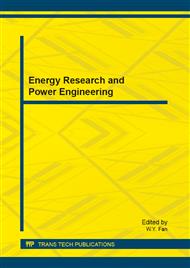p.506
p.511
p.515
p.519
p.524
p.528
p.534
p.540
p.546
Collar Length on the Performance of a Nozzle Using Fluidic Counterflow for Thrust Vectoring
Abstract:
Numerical simulation is applied to study internal flow structure and performance of counterflow thrust vectoring nozzle with collar length in zero attack angle and subsonic conditions. The changes of thrust vectoring angle, resultant thrust ratio and secondary mass flow ratios are obtained. Results indicate that the thrust vectoring angle firstly increases and then decreases with increasing suction collar length, the max of which is 5.5o; but resultant thrust ratio decreases, and its range is 0.76-0.78;During the procedure of increasing suction collar length, suction flow shifts from counterflow to coflow, and mass flow ratio decreases.
Info:
Periodical:
Pages:
524-527
Citation:
Online since:
July 2013
Authors:
Keywords:
Price:
Сopyright:
© 2013 Trans Tech Publications Ltd. All Rights Reserved
Share:
Citation:


